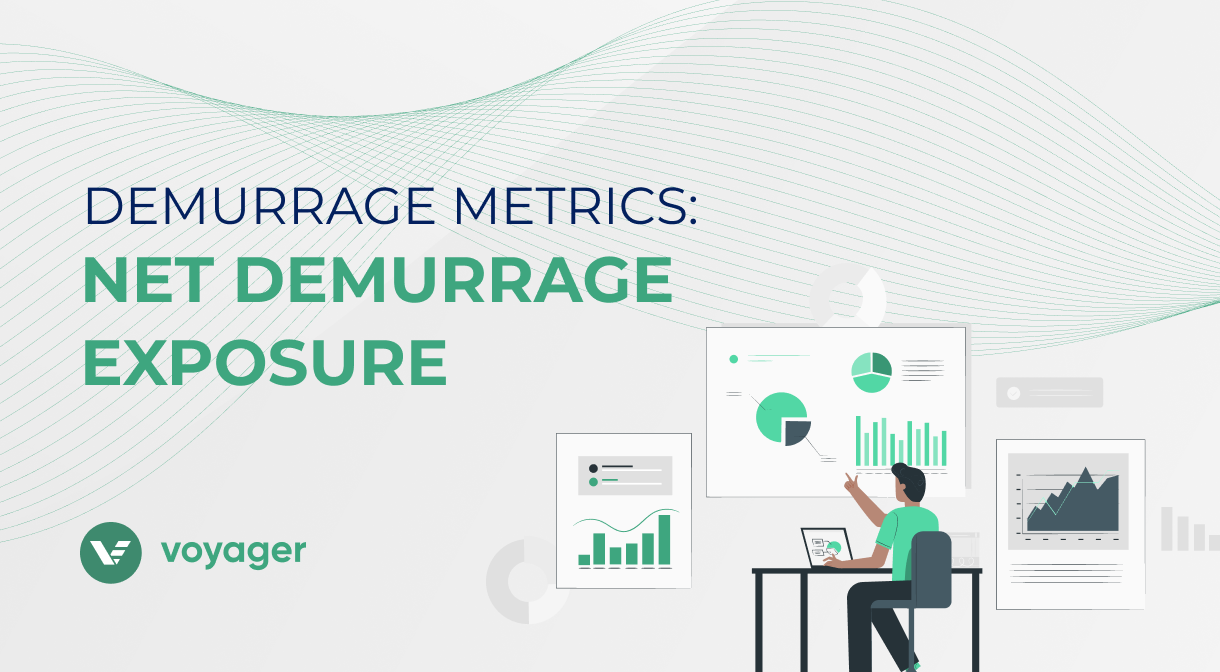By Matthew Costello, CEO at Voyager Portal
When transporting bulk commodities by sea, demurrage costs can exceed 25% of the total shipping costs. For the largest commodity producers and traders it’s not unusual for annual demurrage bills to exceed $500m USD in a single year. For small traders and producers, demurrage costs can quickly destroy sales margins and turn once profitable deals into losses.
Demurrage processing today is done similarly to the bank tellers of the 1980s. Large files and documents come into the Demurrage analyst in PDF or email format. The analyst must manually sift through the financial, contractual and operational information before entering key data points into a spreadsheet calculator or an online calculator. The settlement of the claim with counterparties can take months or even years with many companies writing off these expenses completely.
A Global Demurrage Manager at a Fortune 20 Energy once stated “We need our demurrage team to be less like bank tellers and more like strategic advisors to the business”. As a Business Leader, VP, or C-suite, tracking performance is a critical first step to understanding how your company is performing with demurrage.
With this in mind, our next series of posts will focus on the key basic metrics that the maritime C Suite should be tracking. In the end, these metrics act as a representation of the health of your operation and the efficiency of your demurrage team.
The first metric we’ll be covering is Net Demurrage Exposure:

Net Demurrage Exposure
How to Measure: Net Demurrage Exposure is calculated by dividing claims receivable by claims payable over a selected period of time. Example number: 80% Net Demurrage Exposure meaning you are collecting back $0.80 in demurrage for each dollar you are paying.
Explanation of Importance: This metric is an important representation of how well aligned your shipping contracts are with your sales contracts in terms of demurrage terms and conditions. Contracts that are truly back to back will allow for all demurrage from the vessel to be passed through to customers or suppliers resulting in a 100% figure. Sometimes the figure can be higher than 100% in which case the demurrage team can act as a profit center for the business.
Steps to Improve this Metric:
- Tight alignment on negotiated terms and clauses between chartering and trading;
- Demurrage teams should track the cost of their clauses and Net Demurrage Exposure to drive change on the contracting side;
- Systems to control and alert teams when a trade is not back to back on demurrage or if there is a misalignment on demurrage terms;
What is a Good Benchmark?
- Traders should be targeting 90% or higher. Best-in-class traders are above 100%.
- Manufacturers should target 70% or higher. Best-in-class are 100% back to back*.
*We have observed that manufacturers, especially of high margin products, tend to optimize their contracts so that their customers never have demurrage but bake this cost into their sales prices. As a result, we see lower collection rates across the industry.


